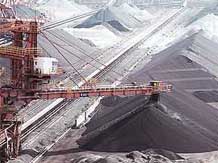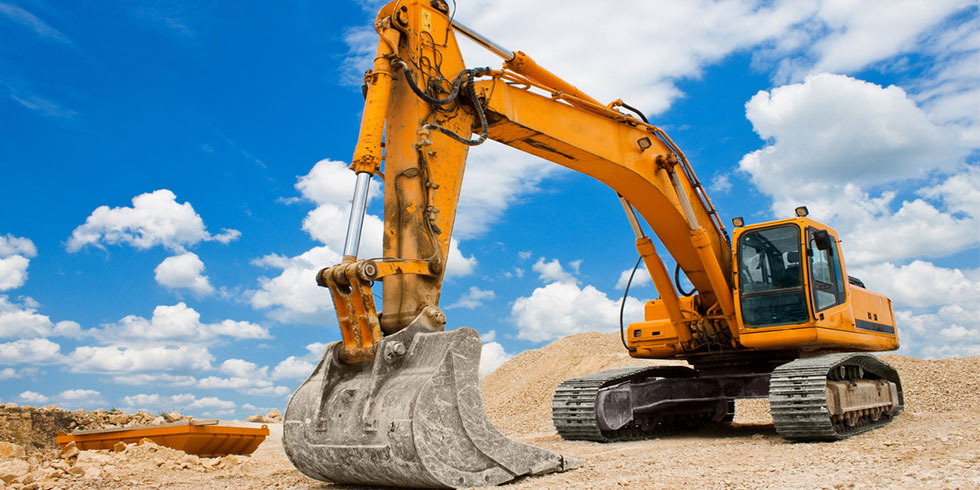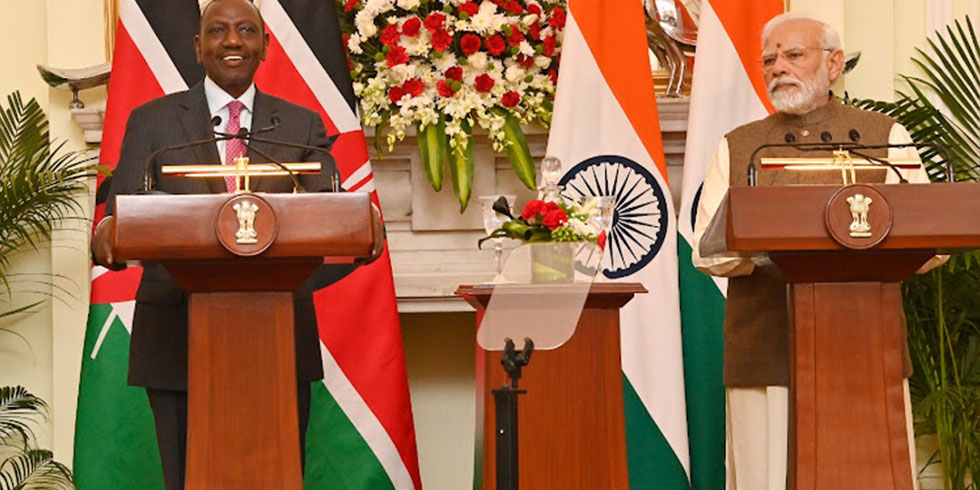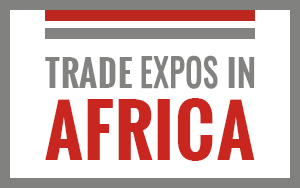Iron ore exports from India are likely to exceed 25 million tonnes in 2014-15, a growth of 60 per cent compared to last year. In 2013-14, these were 15.1 mt, a decline of 19 per cent over the previous year.
The growth in exports this year would mainly come from Goa, where the Supreme Court has allowed auction of around 15 mt of already-mined output. The apex court is also expected to pave way for resumption of mining in the current year. The court is set to pass an order next week on the recommendation of its Centrally Empowered Committee for a cap of 20 mt annual production.
If 15 mt of iron ore is sold and evacuated from Goa, then India’s exports could go up to at least 25 mt by the end of the financial year, touching 30 mt at the higher side.
“The pick-up largely depends on Goa’s resumption. We are optimistic of a positive year for exports, compared to the past two years. The miners in Goa have a cost advantage of transporting ore through rivers and they can absorb the 30 per cent export duty,” said R K Sharma, secretary general, Federation of Indian Mineral Industries.
He said exports would go up proportionately to the cap on production being fixed by the court. Agreeing, an official of Sesa Sterlite, who did not want to be named, said, “The exports will largely depend on how much the cap will be on production in Goa. We are waiting for the court to pronounce its order.”
However, export of low-grade ore from Goa might be affected if the Chinese government strictly enforces its recent environment legislation that prevents usage of such input in steel making. The high silica and alumina content in such ore requires steel mills to use excess coal and energy for conversion into steel. So, the steel mills might avoid importing low-grade ore, of iron (Fe) content below 46-48 per cent.
“The new pollution control regulation from China will not be applicable to ore from Goa because traditionally Goan ore is above 48 per cent Fe. Export of ore from other countries like Indonesia, Malaysia and Iran to China might be affected because these countries export very low-grade ore,” said Prakash Duvvuri, head of research, OreTeam Research.
It is the delay in the auctions and the coming monsoon season which is likely to delay export from Goa. Also, the restricted movement of ore from Odisha to Vizag would be another hurdle, he added.
Glen Kalavampara, secretary, Goa Mineral Ore Exporters Association, said Goan exporters have been by and large exporting 50 per cent and above Fe grade ore. So, the Chinese regulations should not affect their exports.
Earlier this week, Goa sent its first shipment of around 65,000 tonnes iron ore to China after the recent e-auctions. Goa has auctioned 1.5 mt of ore in two rounds.
“If the China imposes restrictions, then miners in Goa could go for benefication and export the enriched material to China. However, there will be no direct impact on the Goan miners because they have been exporting ore with 56-57 per cent Fe grade,” said Ritesh Shah, lead analyst, Espirito Santo Securities.
In 2013-14, exports were majorly from the east coast, as Goa and Karnataka have mining and export bans imposed by the SC.
The main reasons behind the fall in shipments in FY14 are the imposition of export duty on iron ore pellets at five per cent and falling spot market prices globally, which restricted Indian miners from securing good deals.
Meanwhile, average iron ore prices in the spot market dropped to $127.55 a tonne CFR China (63.5/63 per cent Fe fines) in 2013-14 from $133.03 a tonne in 2012-13, a drop of nearly 4.1 per cent over a year. Also, on a quarterly basis, in the last quarter of FY14, the prices slipped to an average of $121.86 a tonne from an average of $148.41 in the same quarter last year, a drop of nearly 18 per cent.








Add Comment